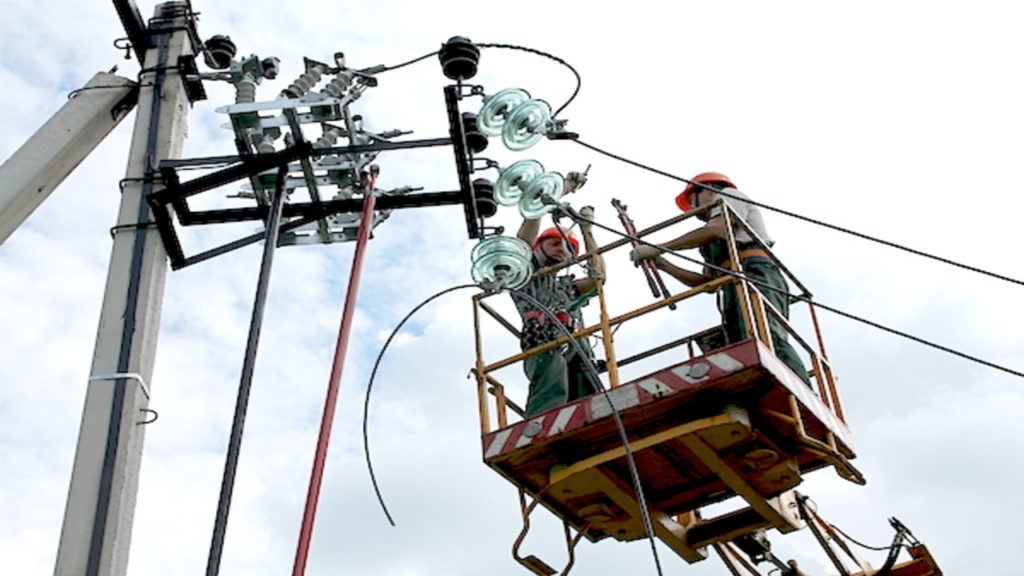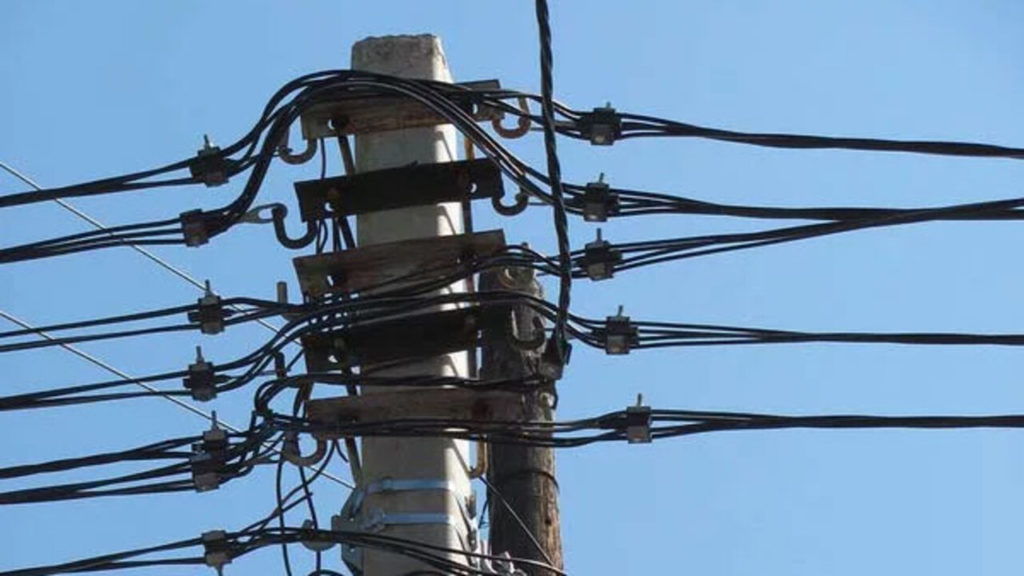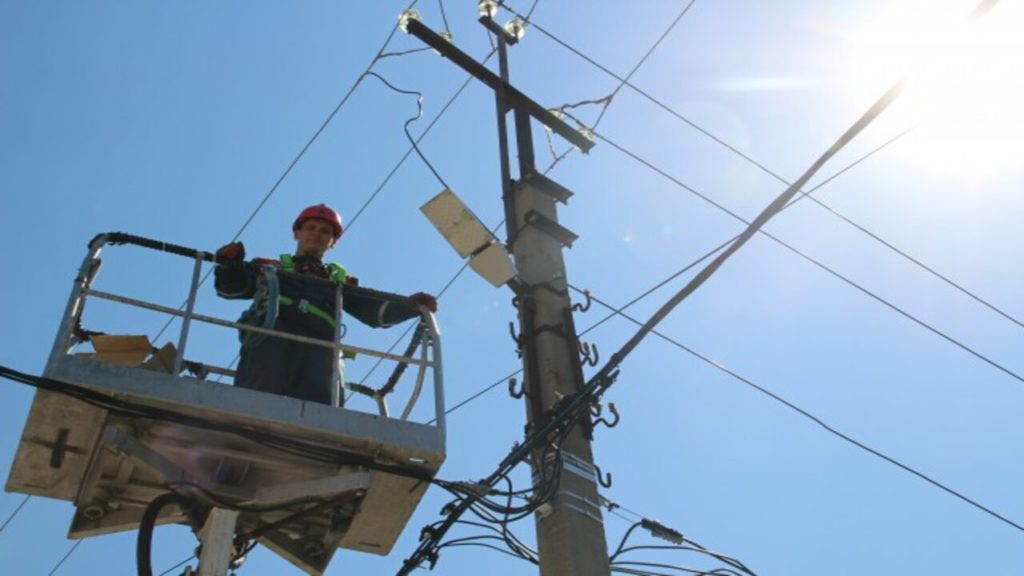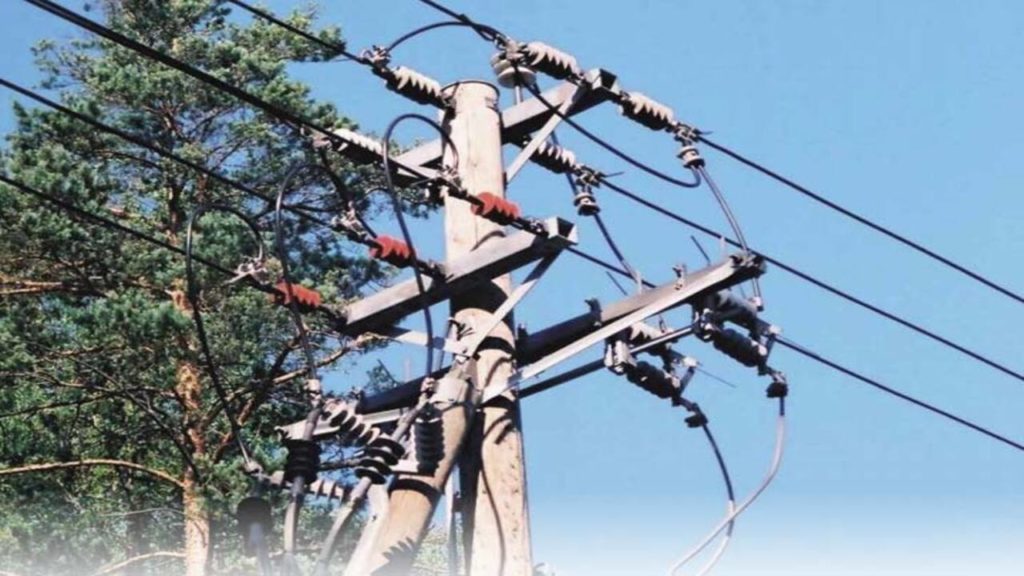FIBER OPTIC
When laying overhead wires and branches from the backbone network to the subscriber, self-supporting insulated wires are used. Of course, the wire can’t hang in the air without being something fixed.As for special fasteners called SIP fittings, they must be firmly attached to the roof support or wall of the building. Among the varieties of these parts are anchor clamps. Anchor clamps are used for fixing SIP and are in demand when creating a trunk line or when connecting the network from the main line to the House. The main function of the anchor clamp is strong tension and reliable fixation of the wire. The anchor has a specific design that allows you to increase the compression force of the wire by increasing the tensile load.


Anchor clamps are suitable for:
- fastening of wires of a high-voltage power line;
- installation of VLI between multi-storey buildings to ensure communication with subscribers;
- bringing the wire to the administrative building;
- industrial enterprises and so on.
In a situation of loads exceeding the permissible norm, the clamp may collapse, but the integrity of the support is preserved.
HOW DO ANCHOR CLAMPS WORK?
Stretch the SIP without using an auxiliary support cable. The Wire is inserted into a polymer wedge-shaped insert, which is placed in the body of the anchor clamp. The self-supporting insulated live wire is automatically held on the teeth of the wedge insert and securely fixed on a conical clip made of particularly strong material. The design of these elements takes into account that the clamp does not damage the insulating layer of the wire even during installation. At the same time, the anchor clip holds the wire firmly without breaking or damaging it.
Overhead electrical wires that are located between supports, buildings, and other supports are secured with clamps. They provide fixation of the wire at the beginning and end of the wire, in case of a sharp change in direction, in case of a height difference between the supports.
WHAT MATERIALS ARE ANCHOR CLAMPS MADE OF?
All parts of SIP fittings are open around the clock. These elements must be resistant to the negative influence of external factors. For this reason, high demands are placed on the manufacture and quality of fasteners. In the manufacture of anchor clamps, materials that are resistant to wet environments, low and high temperatures, ultraviolet rays and corrosion are used:

Features & Benefits
FEATURES
These clamps combine several advantages of high-quality fasteners:
The main purpose of the anchor clip is to attach the SIP to various hooks. Thanks to the hook and anchor clip, it will be possible to hang the wire on the support, walls of the house and other surfaces. The type of anchor clamp used depends on the type of cable used, the number of cores, and the cross-section.
The anchor clamp can be:
- stretch
- bolted
- wedge-shaped

WHAT DOES THE USE OF ANCHOR CLAMPS GIVE?
The use of anchor clamps when laying VLI offers many advantages:
- Reduced installation time. The clamps are ready to stretch, they do not require measurements before installation, and they are very easy to tighten.
- Extending the service life of the line. The anchor clamp will not break if installed correctly, it will not damage the insulation layer on the outside of the wire, and the finished Power Grid does not require maintenance.
- Reduce breakage and sagging. When accurately calculating the number of clamps, taking into account the distance between the poles and the mass of the linear meter of wire, taking into account the possibility of retraction and entanglement of SIP, line breakage, vibration dampers should be used to reduce the vibration load.
In addition, the use of anchor clamps reduces the cost of VLI maintenance. High-quality fasteners do not require replacement and do not require reinforcement or adjustment. The finished Power Grid works stably. If disassembly is required, the clamp can easily be replaced with another one without damaging the wire.
Need Help?
FAQ
Questions that customers ask us.
What types of anchor clamps are divided into?
wedge-shaped, tensioning and supporting
Can I download the files after six months?
The range of wire cross-section diameters that can be fixed in anchor-type fasteners is huge. These can be thin cables with a diameter from 3 to 8 mm, medium – from 25 to 50 mm, as well as large bundles from 150 to 185 mm. The anchor clamp PA-4120 4×50-120 mm2 and PA 1500 proved very well when laying air lines.
What is an anchor clamp?
The anchor clamp for self–supporting insulated wires is a device designed to securely fix the SAP between the supports on which they are attached.
NEWS POST
Fiber Optic Revolution: Unlocking the Potential of Light-based Communication
The fiber optic revolution represents a transformative leap forward in communication technology, unlocking the immense potential of light-based communication to revolutionize the way we connect and communicate in the modern world. By harnessing the power of light to transmit data, fiber optics offer unparalleled speed, reliability, and efficiency compared to traditional copper-based communication systems. At […]
Lighting the Path Forward: Harnessing Fiber Optic Networks for High-Speed Data Transmission
In our increasingly digital world, where the demand for high-speed data transmission continues to escalate, fiber optic networks have emerged as the beacon of connectivity, illuminating the path forward with their unparalleled speed, reliability, and efficiency. By harnessing the power of light to transmit data, fiber optic networks offer a revolutionary solution to the ever-growing […]
Unveiling the Power of Light: The Wonders of Fiber Optic Communication
Fiber optic communication stands as a marvel of modern technology, harnessing the power of light to transmit data at incredible speeds and over vast distances. Unlike traditional copper wiring, which relies on electrical signals, fiber optics use thin strands of glass or plastic to carry information in the form of light pulses. This revolutionary approach […]
ANCHOR CLAMP
REVIEWS



CONTACT FORM
Interesting information? Fill out the contact form and a specialist will contact you.